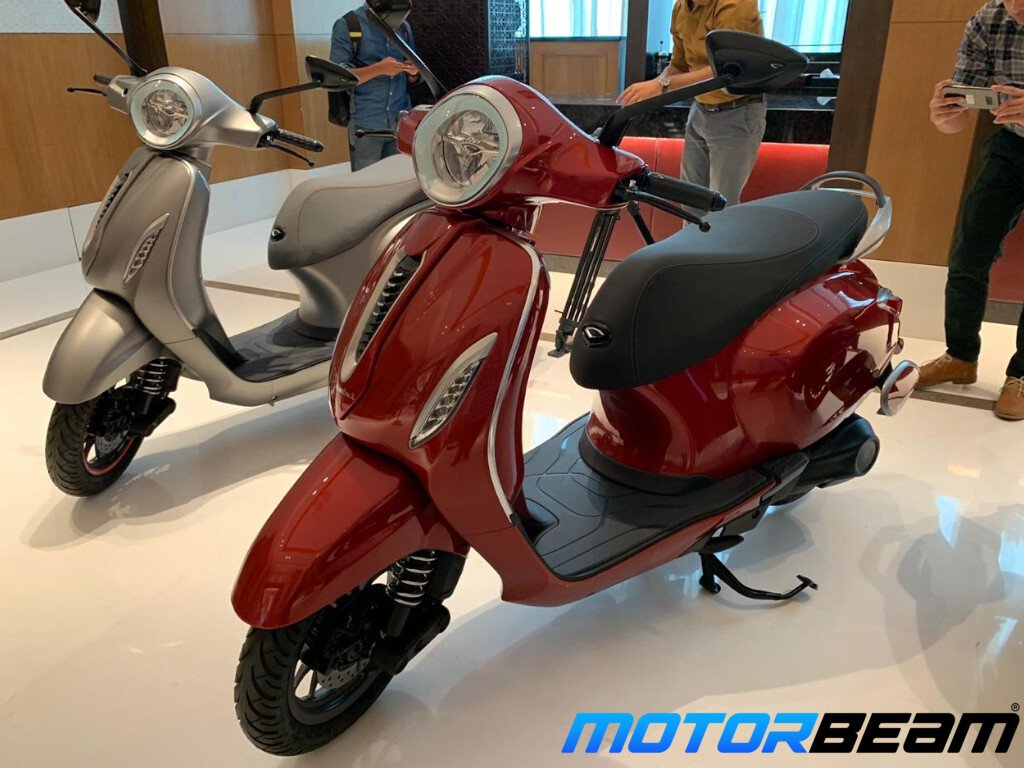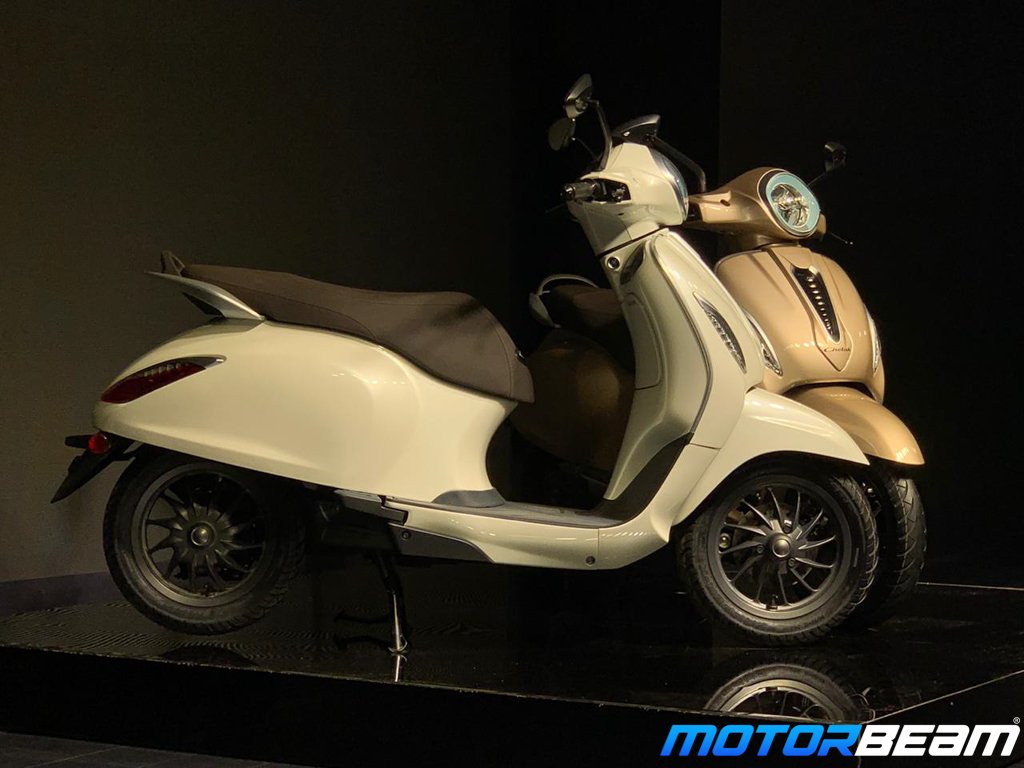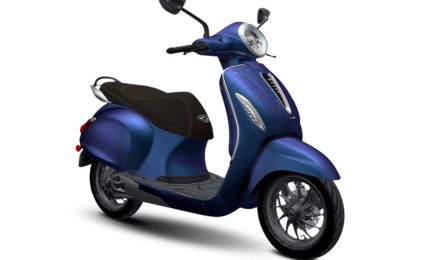The Ather offers slightly better range and can also be fast-charged
Charging & Range – Bajaj has given the Chetak a bigger 3 kWh battery while the 450 uses a 2.7 kWh battery (both lithium-ion) but still, the 450 has a longer riding range with claimed numbers being 107 kms for the Ather and 95 kms for the Bajaj. In real-world riding, the Ather manages around 77-82 kms and the Chetak manages 70-75 kms. The Chetak does charge faster though but not by much, taking 5 hours for a full charge while the 450 takes an additional 30 minutes. Where the 450 offers better range is with the Ather Grid that lets you fast-charge your scooter at 1 km per minute, the Chetak’s battery doesn’t fast charge.
The Chetak has a better ride quality while the Ather feels more confident
Riding Dynamics – The Ather 450 is slightly lighter than the Chetak and feels that way too. But it’s really the weight distribution which plays a big role in making the 450 a better handler as front and rear is almost 50:50 and so is left and right, not the same case with the Chetak as the weight is more left and rear-biased. Ather has been able to achieve this by plonking the battery below the footboard for an overall lower centre of gravity and with the aluminium pressed frame (the Chetak uses a steel frame), it just feels more rigid. Both scooters use the exact same sized tyres, that too from MRF and there is a good amount of grip on offer.
The superb near 50:50 weight distribution on the Ather gives it a far better ride and handling balance
However, the Ather is a more rider focussed scooter and is more fun to ride too as it handles better than the Chetak and is more dynamic and sturdy. Using telescopic forks upfront and a centre mounted monoshock at the rear, the suspension being on the stiffer side, the 450 feels more fluid and composed around the corners while the Chetak uses a left side lean link front suspension and left-sided monoshock which offers a better ride quality. Both scooters offer out of the world high-speed stability mainly because neither reach any high speed. Braking performance is sharper on the 450 as it comes with discs on both ends but the initial bite is stronger on the Chetak. Ather has missed out on a rear brake lock on the 450 which is present on the Chetak, something that makes it that more convenient to park the scooter on inclines and declines.
The Chetak is a more mass-market product as compared to the fun Ather
Verdict – Every second day, there is an electric scooter being launched as many traders (as Rajiv Bajaj likes to put it) are bringing in models from China. Amongst a sea of difficult to trust products, these two come across as well thought out scooters which are indigenously designed, developed and manufactured here. The Ather 450 has proved itself while the Bajaj Chetak comes from a brand people won’t think twice before putting their money on.
That said, Ather has put its money where its mouth is by offering a state of the art 3-years unlimited km warranty on the battery (the Chetak comes with the same duration but 50,000 kms warranty). However, it’s amply clear, the Chetak is more about comfort and practicality, engaging a wider demographic while the Ather 450 is the more exciting scooter with better performance and handling, thereby appealing to the younger audience. Like I said at the start of this exhaustive comparison, it’s David vs Goliath and the outcome is no different.
Bajaj’s entrance into the electric scooter segment will help boost sales
Further Reading –
Bajaj Chetak Review
Ather 450 Review
Ather 450 Video Review
Ather 450X Video Review




